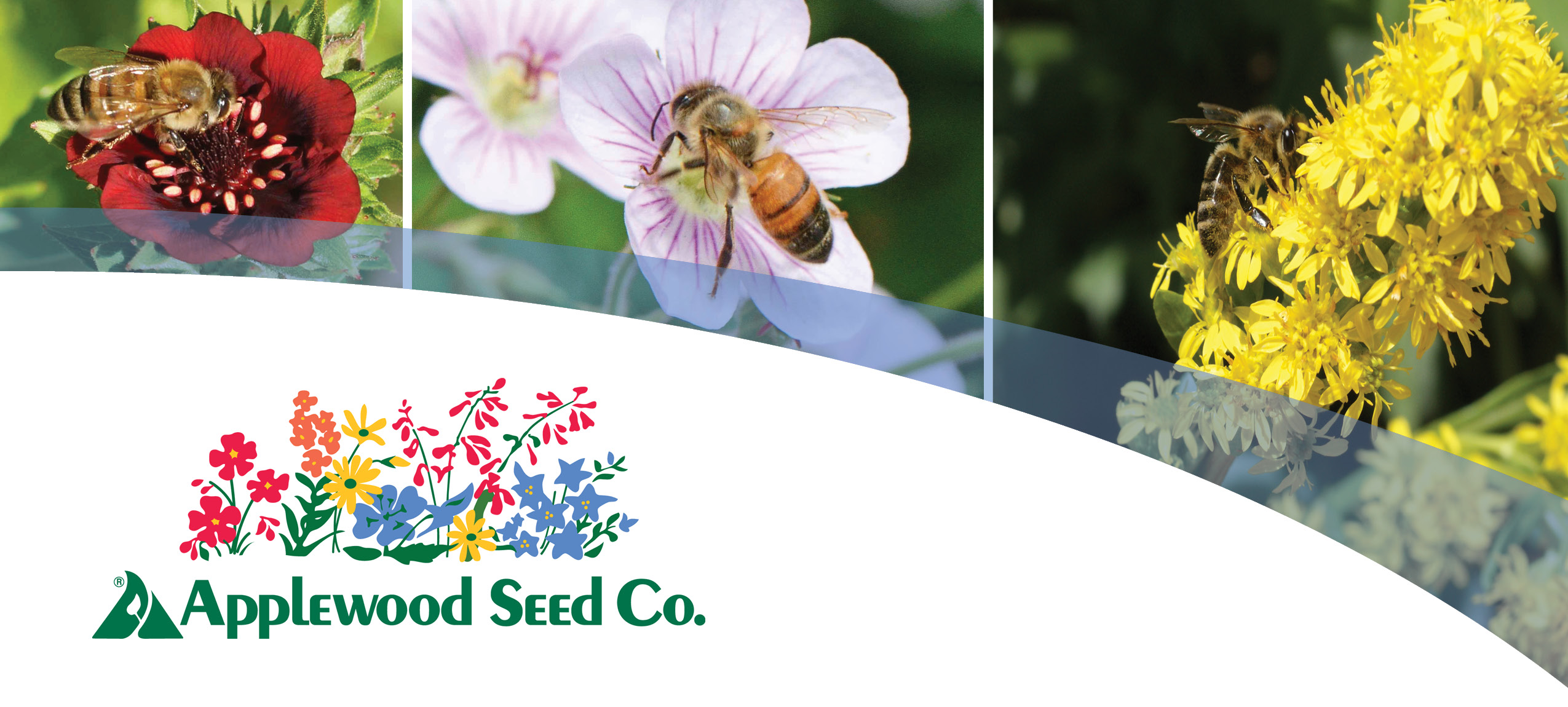
September is National Honey Month!
The beekeeping season is winding down, and many beekeepers are busy with their honey business making September the official National Honey Month. Generally, honey is ready to harvest in late summer when a colony has built up surplus honey. The honey is cured and capped in the honeycomb cells. A single bee can visit up to 5,000 flowers in a single day, and it takes about 2 million flower visits to produce a pound of honey. Obviously, the worker bees in a colony must stay very busy all season long!
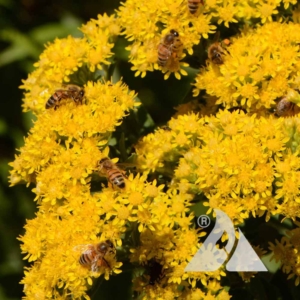
Honey bees love goldenrod, a good source of nectar late in the season
Honey Bees are generalist foragers and visit many species of flowers to gather nectar and pollen. We have been documenting preferred flowers of honey bees in our trial gardens for over a decade, and you can find a list of these honey bee plants by doing a search on “honey bee” on our website. Some of the most popular honey bee plants include most of our herbs such as basil, borage, chives, oregano, and thyme. Popular native flowers include New England Aster, Goldenrods, Slender Mountain Mint, Prairie Clover, Virginia Mountain Mint, Joe Pyeweed, Lacy Phacelia, Lavender Hyssop, Scarlet Cinquefoil, Silphiums, and Sunflowers. Non-native flowers that are especially attractive to honey bees include Giant Purple Hyssop, Zinnias, Sweet Clovers, Sulphur Cosmos, Sweet Mignonette, and Corn Poppy.
This research led to the creation of our Honey Bee Flower Mix. It is a blend of both garden flowers and native wildflowers that are widely adaptable. Flowers bloom from spring through fall, providing nectar and pollen all season long. This mix was designed for home gardens, commercial landscaping and other maintained sites. For non-maintained sites such as meadows or roadsides, it is best to plant native wildflowers and adapted non-native species. You may contact our sales staff to assist you with recommendations for your region and project site conditions.
For our beekeeping customers, we thought we would highlight an innovative product designed to make honey collection easier and less intrusive for your bees. It’s called Flow Hive and it is a specialized beehive that has been constructed to allow a simple turn of a lever to remove the honey from the cells. The process of removing honeycombs from the beehive, uncapping the cells and extracting the honey with mechanical extractors is completely bypassed. The key to how it works is the split-cell technology. The flow frames consist of plastic honeycomb cells, which the bees coat with wax and fill with honey. When the lever is turned on, the cells split apart, allowing honey to flow out of the bottom of the chamber. When the lever is turned off, the cells realign and can be used again by bees.
We applaud Flow Hive for supporting many pollinator projects such as the Bee Friendly Farming Project by Pollinator Partnership. This project provides region-specific, science-based guidelines for farmers and growers interested in promoting pollinator health on their lands. The criteria for certification include providing bee forage/flowering plants and permanent habitat, practicing integrated pest management (IPM), paying an annual $45 certification fee, and completing the compliance form once every 3 years.

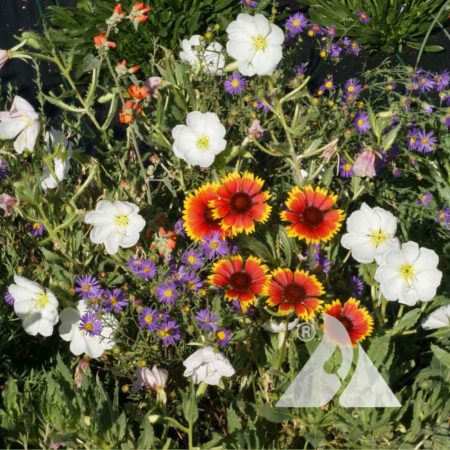
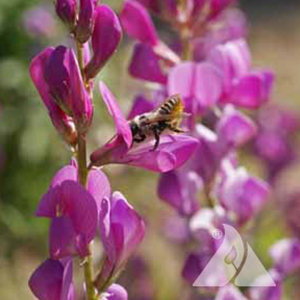
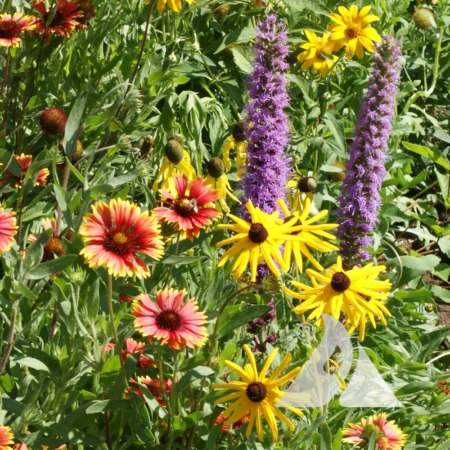
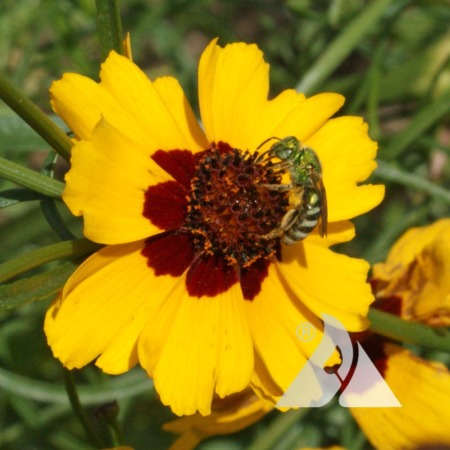
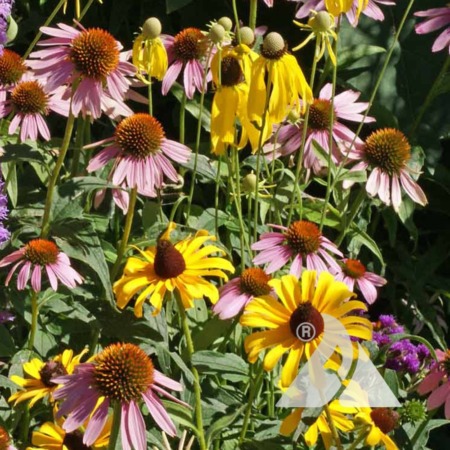
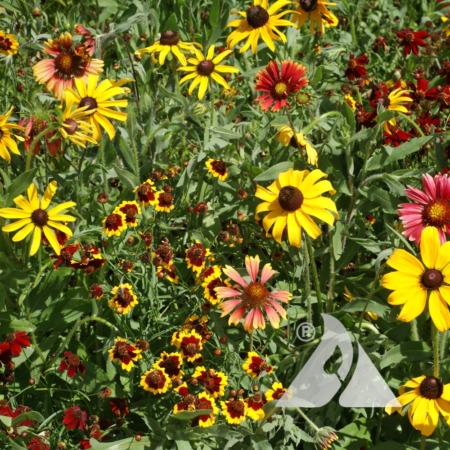
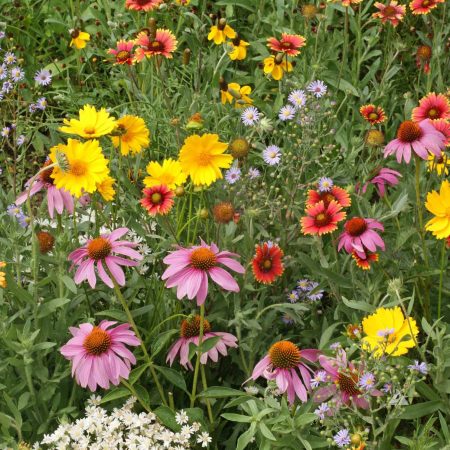
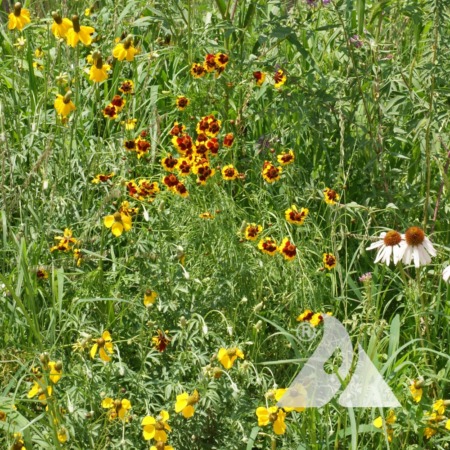
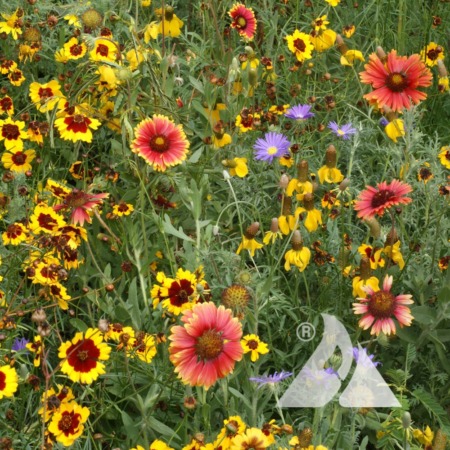
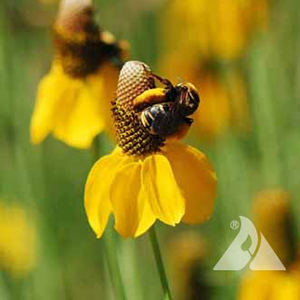
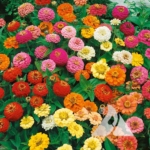

Applewood Seed Co. Announces Strategic Leadership Changes to Drive Business Growth
Applewood Seed Co., an employee-owned company, the leading supplier and wholesaler of open-pollinated flower seeds in the U.S., proudly announces two pivotal promotions within its leadership team. Mary Gomane has been promoted to Vice President of Sales & Production and Joe Eenigenburg has advanced to the role of Director of Sales & Marketing. These strategic […]
Using Flowers as Nature’s Solution to Water Conservation
In the realm of commercial landscaping, traditional turfgrass lawns still reign as the go-to for public and private projects. However in recent years, the practice of replacing turfgrass with flowers has steadily gained popularity, not only for the aesthetic appeal but specifically for the positive impact on water conservation and cost reduction.